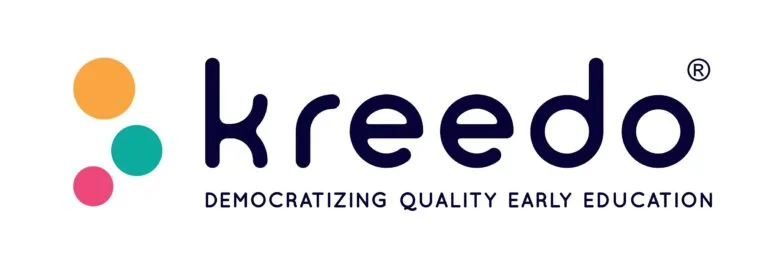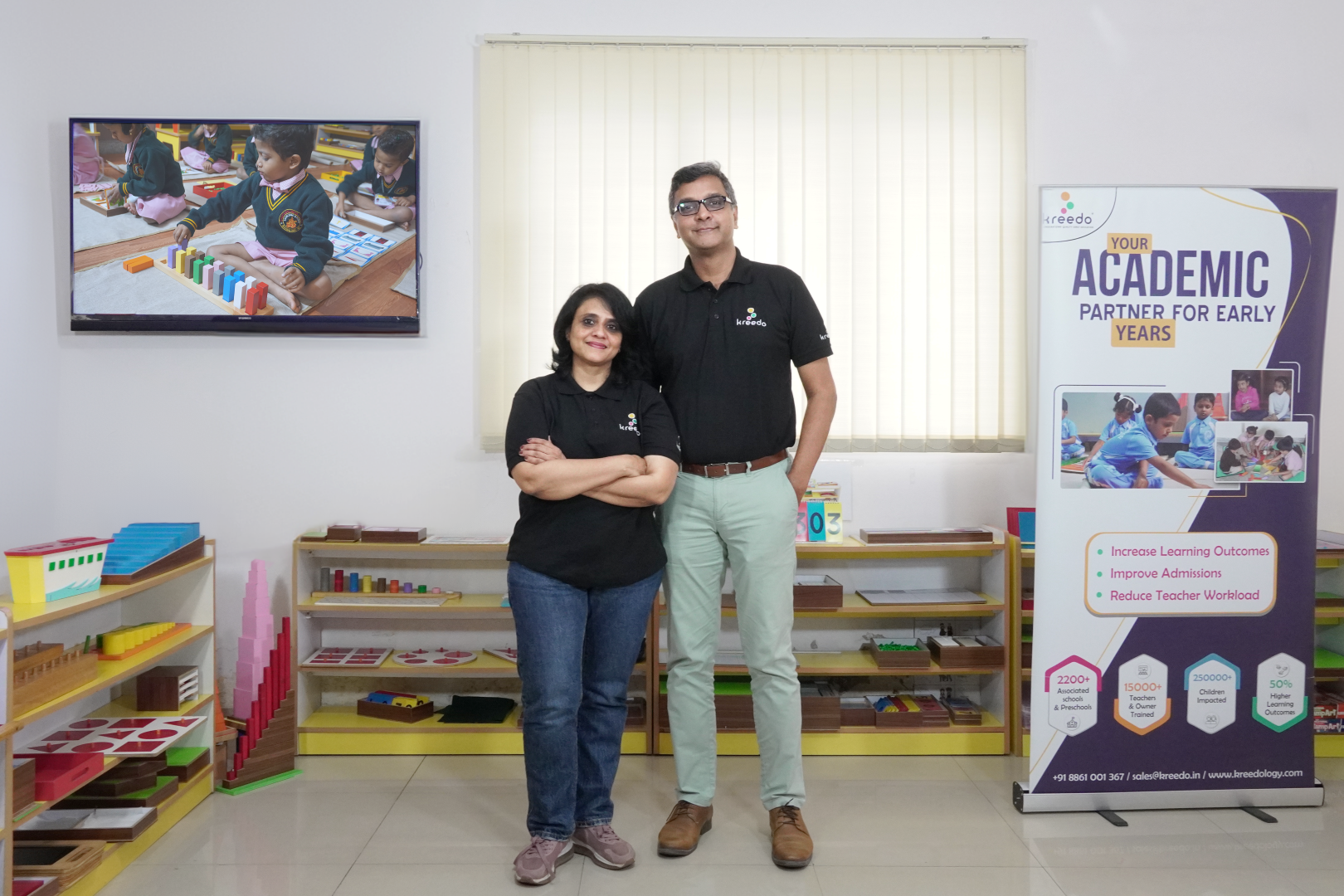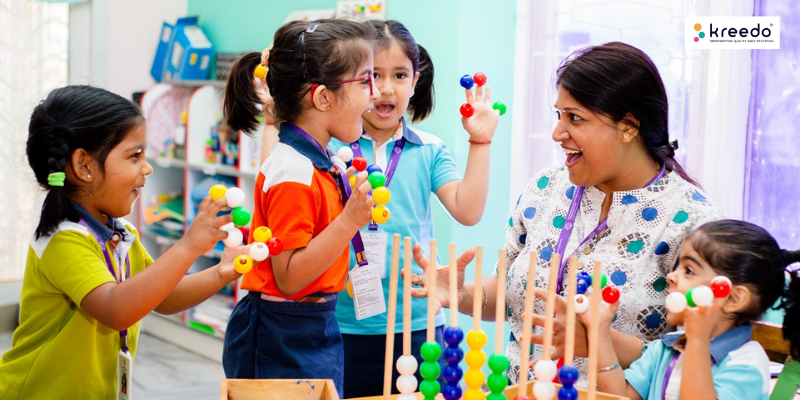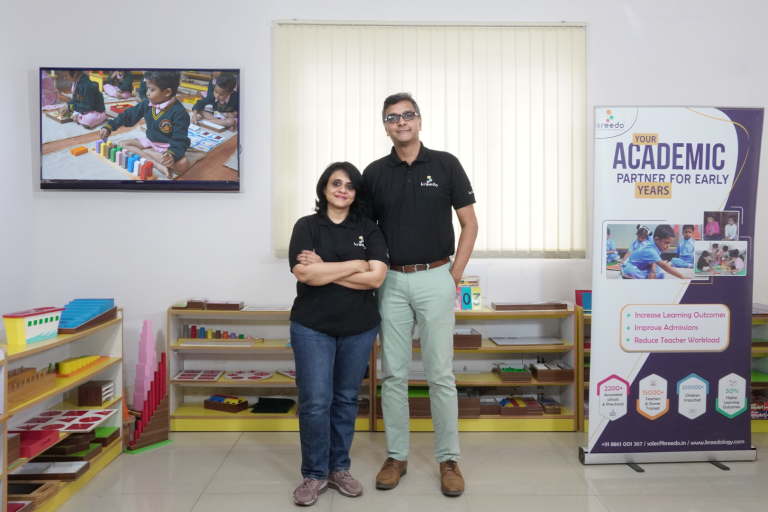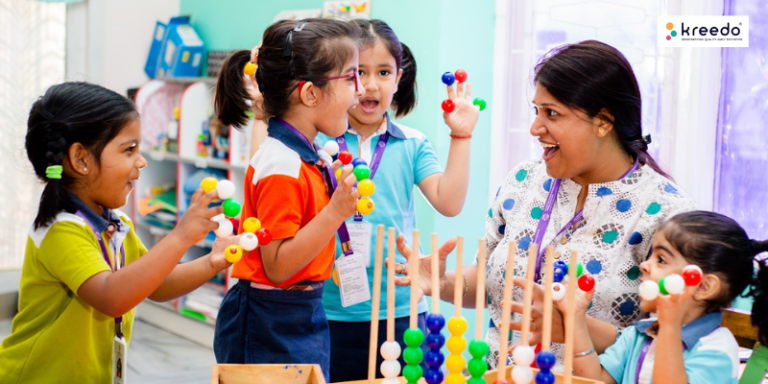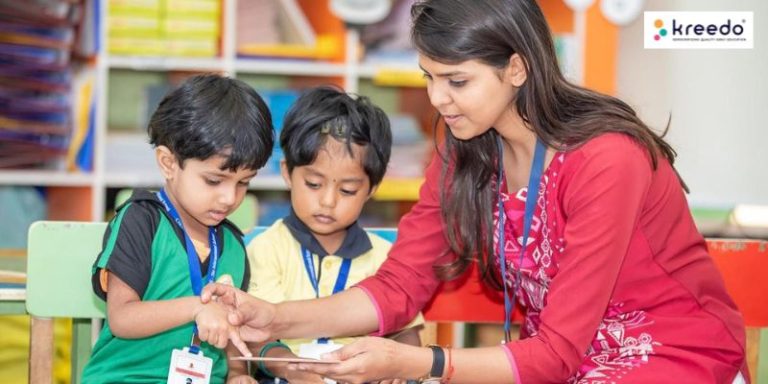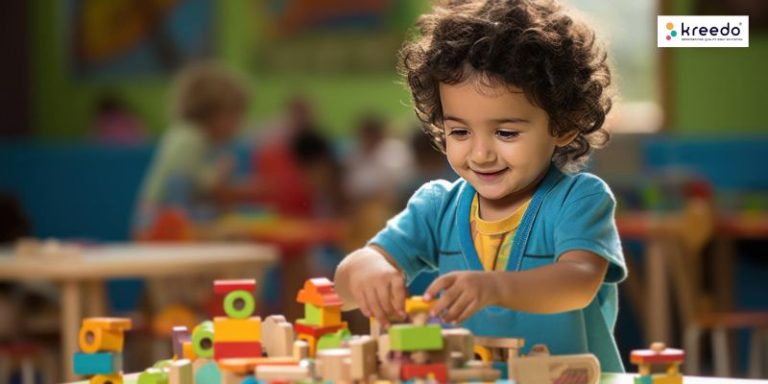Technology has completely moulded the way communication is perceived these days. This “wonder of technology”, has been valued more than friends, irrespective of their age. One often comes across these common remarks from parents across India, “My child can say ABC and he is only 2” or “My son is just 3, and he is a whiz with the I-pad”.
Technology skills are something that today seems to be inherent in every child. So it is not the child’s competence in the usage of technology which matters, but the long-term impact on the child’s learning that really counts. We MUST understand that using technology is not an end in itself, using technology to further one’s learning is what is more important.
Technology comes from the Greek root of Tekhne which means art/craft. It also means systematic treatment. The human species use of technology began with the conversion of natural resources into simple tools.
The biggest fear of using technology as a learning tool is that it mostly leads to:
-
- Passive learning
- Eliminating decision making
- Dulling the thinking process
- Instant gratification
- Shortcuts/ Laziness to do real work
- Inability to get some real satisfaction out of work done
- Obesity in children due to lack of physical activity
Typical examples of technology that can hinder the child’s learning in school are the television, CDs (audio-visuals), smart classes, and tablets that have games loaded on them. This does not mean that technology as a whole is harmful to the child’s education at this stage.
In the early years, we try to make the children independent and technically competent. We do not need to use any gadgets as a tool for learning. However, any tools/ devices that may add to the technical competence of the child by keeping them actively engaged without affecting their true learning experiences can be used. This definitely means limiting the time access. It is critical that technology does not replace learning tools but only adds on making it a reinforcement tool and not a learning tool.
Children who are used to working with learning aids, and materials often have a rude shock when they see technology in a school. They ask disbelievingly, “So are we now going to have computer games in school” implying obviously that – Is this no longer a workplace?
It would be a real shame to take away from children the joy of real work, discovering new facets of materials, messing around with paint/colours, putting things back in their places, cleaning up and replacing all this fun with a predictable boring gadget.
However, if there is limited time access to a gadget that has worksheets/ apps that are directly related to the work they do, it would be effective in giving the abstraction that will complement their already learnt concrete experiences. This way today’s demands for “technology” are catered to without hindering the child’s learning process. It will also serve as an effective assessment tool for us to plan the next lessons for the child.
Having experimented with this with children across various ages between 2 and 6, we have come to the conclusion that technology CANNOT be a learning tool for this age. However, it can be effectively used as an assessment tool/ reinforcement for already experienced lessons. Parents need to realise the importance of teaching their children to play and limit the use of technology.
